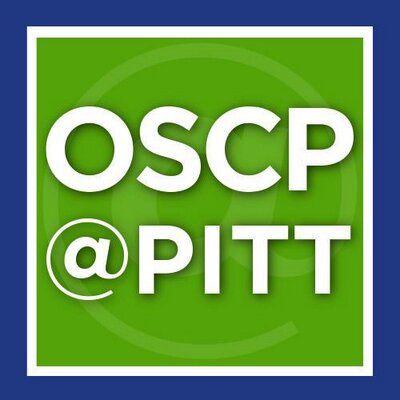Bossart, Emily A.
(2018)
Investigation of EMT-like Phenotypes in Established and Novel Model Systems of Invasive Lobular Breast Carcinoma.
Doctoral Dissertation, University of Pittsburgh.
(Unpublished)
Abstract
Invasive Lobular Carcinoma (ILC) is an understudied, unique subtype of breast cancer. E-cadherin (CDH1) loss is a hallmark of ILC that contributes to its many observed epithelial to mesenchymal transition (EMT)-like features. Though ILCs predominantly express clinically actionable target estrogen receptor alpha (ERα), common late recurrences suggest a role for endocrine therapy resistance. We recently identified de novo resistance to the partial estrogen receptor antagonist/agonist Tamoxifen (4OHT) in MDA-MB-134-VI ILC cells that was accompanied by upregulation of EMT transcription factor (EMT-TF) SNAIL (SNAI1). We therefore hypothesized that 4OHT induction of SNAIL contributes to endocrine therapy resistance in a subset of ILCs. We demonstrated estrogen induction of SNAI1 in multiple invasive ductal carcinoma (IDC) and ILC cell lines. In contrast, 4OHT induction of SNAI1 was restricted to ILC cells tested, and was associated with recruitment of ERα to the SNAI1 promoter. We observed upregulation of additional EMT genes in ILC cells, partially translatable to clinical samples. However, 4OHT regulation of SNAIL was unique, thus we pursued study of SNAIL-mediated phenotypes in ILC cells. Unfortunately, manipulation of SNAIL levels in ILC cells was challenging, with expression rebound in stable constitutive knockdown/overexpression attempts. Inducible SNAIL overexpression revealed unexpected repression of 2D and 3D proliferation. These data suggest a role for SNAIL in unexplored, critical ILC phenotypes (e.g. tumor dormancy). Lack of ILC models for these studies highlighted need for novel ILC cell lines. We therefore established and characterized ILC cell line WCRC-25 from a pleural effusion from a patient with ER+ ILC. WCRC-25 maintained phenotypes consistent with other ILC cells (e.g. slow proliferation, poor soft agar formation). We identified a somatic CDH1 mutation (2240C>T, p.Q706*) in gDNA from WCRC-25 that we confirmed in liquid biopsies from the patient. DNA/RNA sequencing analyses are being performed using clinical samples from the patient. While loss of ER impeded testing endocrine therapy resistance in WCRC-25 cells, additional drug responses revealed sensitivity to a PI3K inhibitor. In summary, these studies provided the foundation for better understanding of the role of EMT-TF SNAIL in endocrine therapy resistance, and led to establishment and characterization of a novel ILC research tool.
Share
| Citation/Export: |
|
| Social Networking: |
|
Details
| Item Type: |
University of Pittsburgh ETD
|
| Status: |
Unpublished |
| Creators/Authors: |
|
| ETD Committee: |
|
| Date: |
24 April 2018 |
| Date Type: |
Publication |
| Defense Date: |
12 February 2018 |
| Approval Date: |
24 April 2018 |
| Submission Date: |
21 April 2018 |
| Access Restriction: |
3 year -- Restrict access to University of Pittsburgh for a period of 3 years. |
| Number of Pages: |
260 |
| Institution: |
University of Pittsburgh |
| Schools and Programs: |
School of Medicine > Molecular Pharmacology |
| Degree: |
PhD - Doctor of Philosophy |
| Thesis Type: |
Doctoral Dissertation |
| Refereed: |
Yes |
| Uncontrolled Keywords: |
lobular, breast cancer, SNAIL, Tamoxifen, novel cell line, drug resistance |
| Date Deposited: |
24 Apr 2018 16:11 |
| Last Modified: |
24 Apr 2021 05:15 |
| URI: |
http://d-scholarship.pitt.edu/id/eprint/34370 |
Metrics
Monthly Views for the past 3 years
Plum Analytics
Actions (login required)
 |
View Item |








